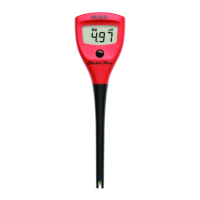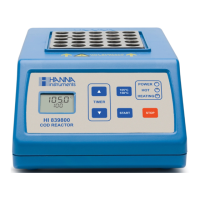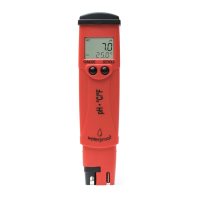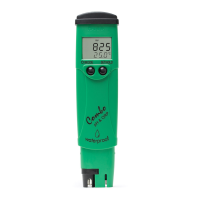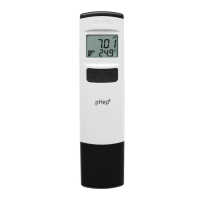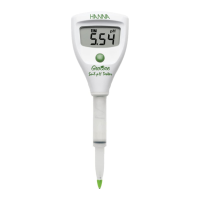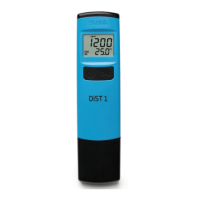24
TITRATION THEORY
Neutralization
A chemical reaction where an acid and a base react to form a neutral salt and water.
Non-aqueous
A solution that does not contain water.
Non-aqueous Titration
A titration that is preformed in non-aqueous solutions, typically used to titrate very
weak acids and bases to eliminate the leveling effect water has on all acids and bases
dissolved in it.
Normal
The concentration of a solution which accounts for any stoichiometric difference between
the various species in a solution.
Oxidation / Reduction Potential (ORP)
The measurement describing whether a species wants to donate or accept electrons
from other species in a redox reaction. If a solutions reduction potential is higher than
the species it is reacting with, it will typically gain electrons or be reduced. If the
potential is lower than the species it is reacting with, it will typically lose electrons or
be oxidized.
Oxidant
The species that is accepting electrons in a redox reaction.
Pipette
Scientific apparatus that is used to deliver precise volumes of liquids.
Polyprotic Acid
Acids that are capable of donating more than one proton per acid molecule.
Potentiometric Titration
A titration in which the endpoint is determined by monitoring the voltage of the
solution using an electrode.
Precipitation Titration
A titration in which the analyte reacts with the titrant to form an insoluble compound.
The endpoint is typically detected with an ISE sensitive to either the analyte or titrant.
Reagent
The chemical added in a titration that causes the given reaction to occur.
Reduction-Oxidation Reaction (redox)
A chemical reaction in which the atoms involved in the reaction have their oxidation
numbers changed. Reduction is the gain of electrons, which decreases the oxidation
number. Oxidation is the loss of electrons, which increases the oxidation number.
Reductants
The electron donor in a redox reaction.
Reference Electrode
An electrode that supplies a constant electrode potential. It is used in combination
with an “indicator” electrode, allowing for the “indicator” electrode potential to be
measured.
Relative Standard Deviation (RSD)
A measure of the amount of relative variation in a set of data. It is calculated by
dividing the standard deviation by the mean: RSD = (Standard Deviation of X) * 100
/ (Mean of X)
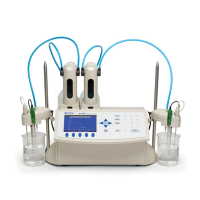
